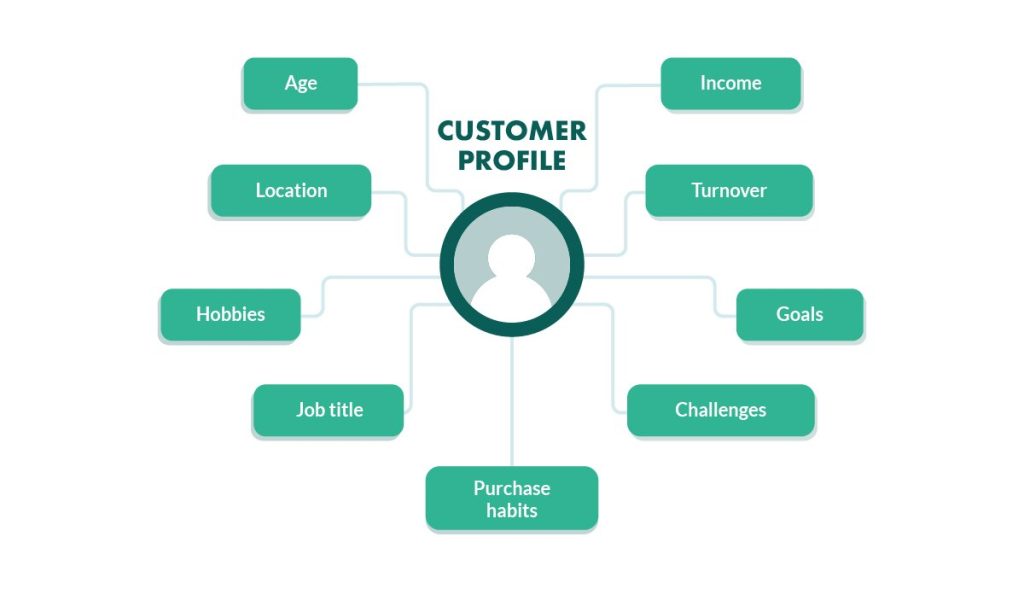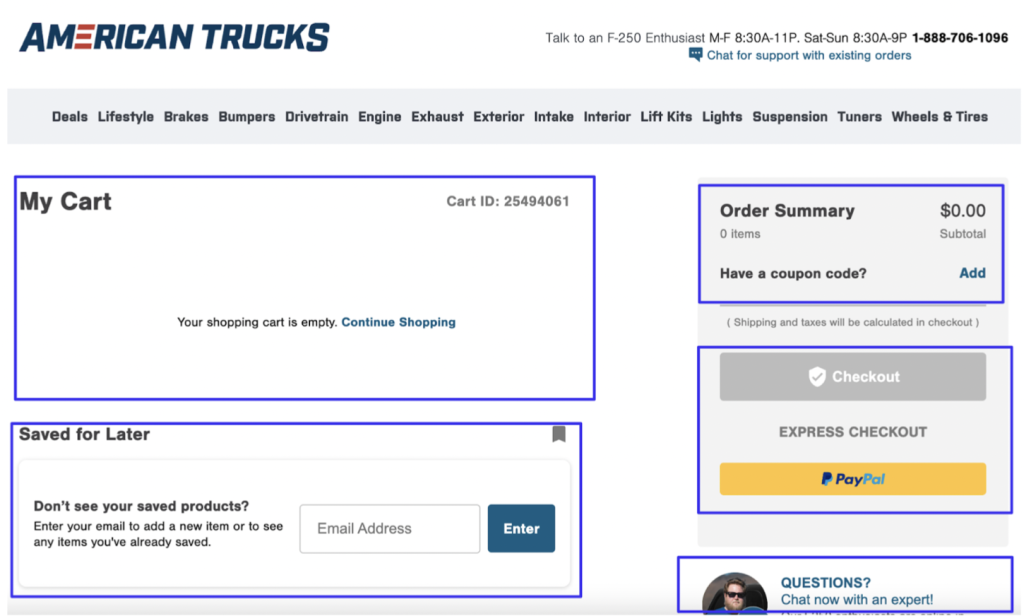As an eCommerce business, the key to your continued growth is a solid marketing strategy. You need to examine every possible avenue for marketing success. When choosing your marketing strategy, you must ask yourself a few key questions.
Is this effective for your audience?
What kind of content do you have to generate?
How much does it cost?
That last question is perhaps the most important. When considering something like marketing, you must consider how much money you’re putting out and how much you can stand to make back if your campaign is successful. If a company like Growthbar approaches you and offers to create high-ranking SEO content through AI highlighting, keywords, and backlinks, you have to take a look at what you can stand to gain from that arrangement.
Your eCommerce ROI is like any other business metric. It must be forecasted, monitored, adjusted, and optimized. But how can you optimize your eCommerce ROI? What steps are necessary to ensure you’re getting the most bang for your buck?
Read on to find out!
Personalize Your Content
A lot can be said about marketing personalization. We’re constantly inundated with generalized ads. It’s estimated that the average American sees up to 10,000 ads per day. Personalizing our eCommerce marketing content can go a long way toward cutting through all the noise and generating a better return on investment.
In the world of eCommerce, this can include offers personalized to customers based on things like their:
- Buying habits
- Search history
- Interests
- Profession
- Geographic location
- And more
Instead of tossing your eCommerce ads out into the world for all to see, hyper-focus what you put out to serve the specific personalized needs of your audience.
Make Decisions Based on Data
Marketing decisions based on guesswork lead to dismal returns on investments. We live in a data-driven society, and your business can learn a lot from audience data.
To that end, you should constantly monitor how people interact on your site, what ads generate the highest conversion rate, the buying habits of your audience, and more.
It’s important to generate analytic reports and review them to mark or even predict shifts in your primary audience segments. By analyzing data regularly, you can adjust your marketing strategy to change with the times and never be caught off guard with a poor ROI.
A lot of this data can be pulled from your CRM software and even more from a Salesforce and Google Analytics integration.
Improve Audience Segmentation
If you’re serving a broad demographic, you may encounter customers that respond better to different marketing platforms and strategies. That’s why you must have your audience segmented accordingly to create optimized, personalized marketing strategies for each.
It could also be possible that certain segments spend more than others, which means you can make ROI-based decisions for each segment’s strategy based on their profit potential.
When segmenting your audience, create detailed customer profiles. These should include a wealth of information on your target audience, including but not limited to their:
- Age
- Gender
- Location
- Social media preferences
- Profession
- Search history
- Interests
- Marital status
- Hobbies
- Purchase habits
- Pain points
- Goals
- Income
By appealing to these segments with varied strategies, you’ll be able to maximize the return you make on your investment.
Improve Checkout Design
The customer experience is an important part of the marketing puzzle. While not directly related to the ads you create or any form of outreach, you want to ensure that when you draw prospective customers to your site, they find an easy-to-use and optimized checkout experience.
This is backed by cold hard data. When you improve your eCommerce store’s checkout design, you could see a 35.26% increase in your conversion rate, ultimately generating more income and improving your return on investment.
A great example of this concept at work can be found in American Trucks, an automotive parts company that sells niche-specific products like tires and rims. It has managed to create a solid online platform with a well-defined visual identity and excellent quality content. This, in turn, has allowed the company to attract thousands of visitors to its website and significantly increase sales. Nothing beats a streamlined purchasing experience.
The above image highlights the clean layout and wealth of easy-to-use resources found on this company’s checkout page.
Optimize Landing Pages
Your landing pages are conversion gateway centers. When someone clicks on one of your ads, they’re taken to a page highlighting whatever specific promotion interests them. You’ve likely spent a lot of good money on these ads, so for the sake of your ROI, you need to ensure that the landing pages they point to are well-optimized and ready to instill your customers with a sense of confidence.
A poorly optimized landing page can drive people away in droves. People are always wary of a scam, and if your landing page is overly crowded or difficult to use, it could give the impression of some shady business going down. If you have good social media and advertising strategies but are not seeing results, your landing page’s user experience might be to blame.
Try optimizing your landing pages by testing your site speed, content format, and content length. You can solve any potential pain points your users might have by taking this into consideration. There are many examples of SaaS websites you can use as a guide to revamping your own and start seeing more results from your marketing efforts.
Monitor Expenses
Most resources you use for your marketing plan have a price tag. Whatever you’re putting out in terms of costs will obviously eat away at your return on investment. That’s why it’s important to find free resources that can help boost your marketing efforts without digging into your profits.
Don’t shy away from leveraging all of the free resources at your disposal. You can trust in free design templates for your social media campaigns to save time and money on marketing expenses. There are also free stock photos you can pull for landing pages, free editing software, and other no-cost resources that can help drive the price tag of your success down.
Some of these resources might have ad walls or limited functionality. You just need to find those that serve your current needs and determine whether the drawbacks are worth the savings. If, for example, using free software with ad walls doubles your design time, you could put a negative strain on your ROI by eating up valuable work hours. In that case, it’s best to stick with traditional marketing software.
Of course, taxes are also a factor in the ROI of your business. There are tax advantages to the LLC business structure that can help lower your tax burden and invest more money back into the company. But don’t go messing around with your tax money on your own. Enlist the aid of a certified accountant to help you navigate those messy waters and save money wherever you can.
Conclusion
When setting up your eCommerce marketing strategy, ensure that you’ve taken your ROI into account. The greatest marketing strategy in the world might draw droves of people to your site, but if it’s not optimized for ROI, you could be putting out a lot more money than you’re taking in.
When optimizing your eCommerce ROI, remember to:
- Personalize your content
- Use data to drive your decisions
- Improve your audience segmentation
- Ensure that you have a smooth user-friendly checkout design
- Optimize your landing pages for conversions
- Monitor your expenses and utilize free resources when available
By doing this, you’ll be able to keep your eCommerce business in the black for years to come.



